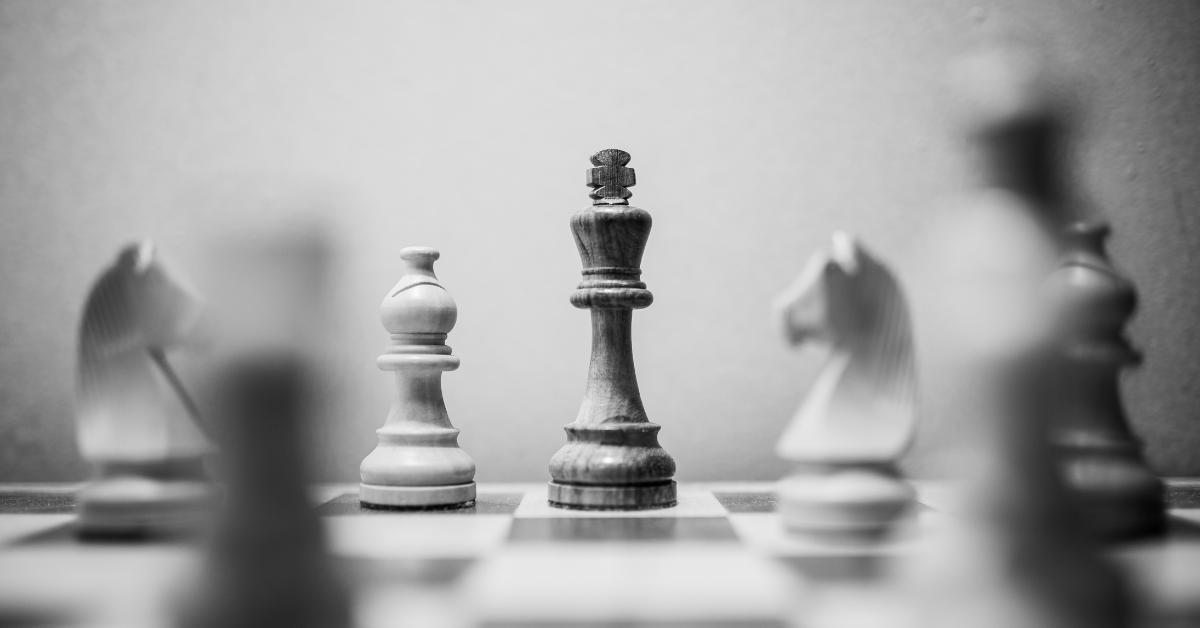|
Many of you may be familiar with the famous book Feel the Fear and Do It Anyway by Susan Jeffers. But what if that is the wrong message to be sending people? What if when we "feel the fear and do it anyway" we end up leaving behind our values and living outside our integrity? What if when we "feel the fear and do it anyway" we are modeling to our children that what everyone else thinks is brave is more important than what we individually think is brave? Last night, I led a group of women in their exploration of the ideas in the book Untamed by Glennon Doyle. Here is what Glennon has to say: "I do not think bravery means what we've been saying it means....Brave does not mean feeling afraid and doing it anyway. Brave means living from the inside out. Brave means, in every uncertain moment, turning inward, feeling for the Knowing, and speaking it out loud....Whether you are brave or not cannot be judged by the people on the outside. Sometimes being brave requires letting the crowd think you're a coward. Sometimes being brave means letting everyone down but yourself." When I look back on my moments as a leader, I can see moments of bold, loud, go for it bravery, when a quiet, wait for it bravery would have been more supportive for me (and for the organization.) I have leaned into GRIT, not because it came from inside of me, but because I was lulled into the idea that what people thought mattered more than what I knew. I stayed, when I should have gone. I persisted, when I should have chosen another path. When I think about what I want to teach my children, it's not that BOLD, LOUD bravery matters most, but that bravery comes in all shapes, sizes, and colors. My daughter demonstrates quiet, wait for it bravery. My son demonstrates loud, go for it bravery. I got sucked into thinking that the latter was "real" bravery, and now I recognize that both are bravery. How do you demonstrate bravery? Originally posted on LinkedIn Read Deeper Not Faster
0 Comments
Leave a Reply. |
Hi there!I am Theresa Destrebecq. |



 RSS Feed
RSS Feed